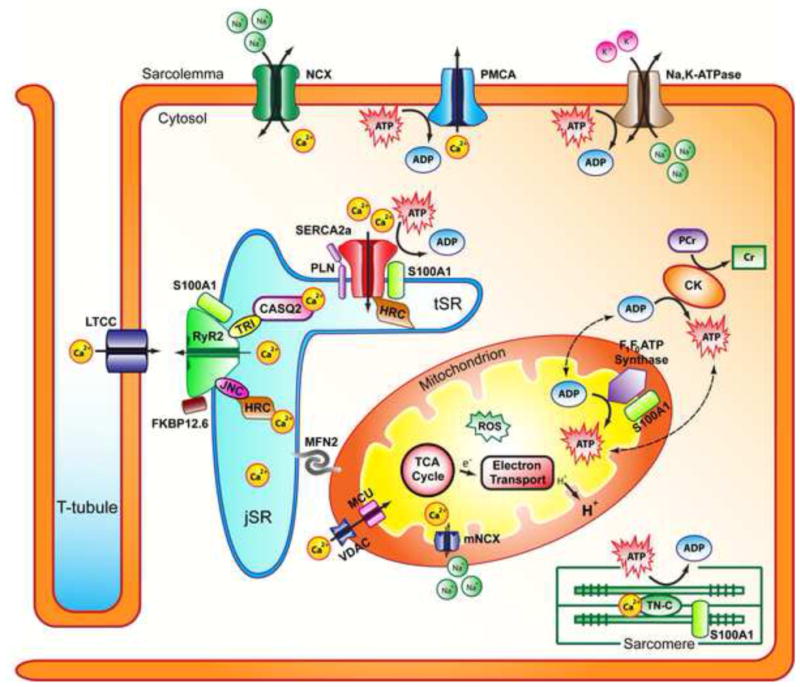Figure 2. Structural interactions between the SR and mitochondria and energy metabolism in cardiac myocytes.

The interfibrillar mitochondria and jSR are in close proximity, tethered by multiple complexes including MFN2. RyR2 and SERCA2a interactomes in the SR are responsible for calcium release and reuptake from the cytosol during muscle contraction and relaxation. These interactomes affect calcium concentration in the cytosol that is available for uptake by VDAC and MCU in the mitochondria. Changes in mitochondrial calcium concentration influence multiple processes related to energy metabolism (ATP synthesis, substrate usage). Mitochondria also produce ROS as a byproduct of energy metabolism, which affects ATP production. The energy state of the cell is defined by ATP and PCr production and consumption. Multiple proteins involved in cardiac function use ATP and their function is affected by the energetic state of the cell. Abbreviations: jSR, junctional sarcoplasmic reticulum; tSR transverse sarcoplasmic reticulum; Na,K-ATPase, sodium-potassium ATPase; PMCA, plasma membrane calcium ATPase; NCX, sodium calcium exchanger; RyR2, ryanodine receptor isoform 2; FKBP12.6, RyR2 accessory binding protein; TRI, triadin; JNC, junctin; CASQ2, calsequestrin isoform 2; HRC, Histidine rich calcium binding protein; SERCA2a, sarco(endo)plasmic reticulum calcium ATPase; PLN, phospholamban; S100A1, S100 calcium binding protein A1; TN-C, troponin-C; MFN2, mitofusin isoform 2; MCU, mitochondrial calcium uniporter; VDAC, voltage dependent anion channel; mNCX, mitochondrial sodium-calcium exchanger; CK, Creatine Kinase; PCr, phosphocreatine; Cr, creatine; ROS, reactive oxygen species.
